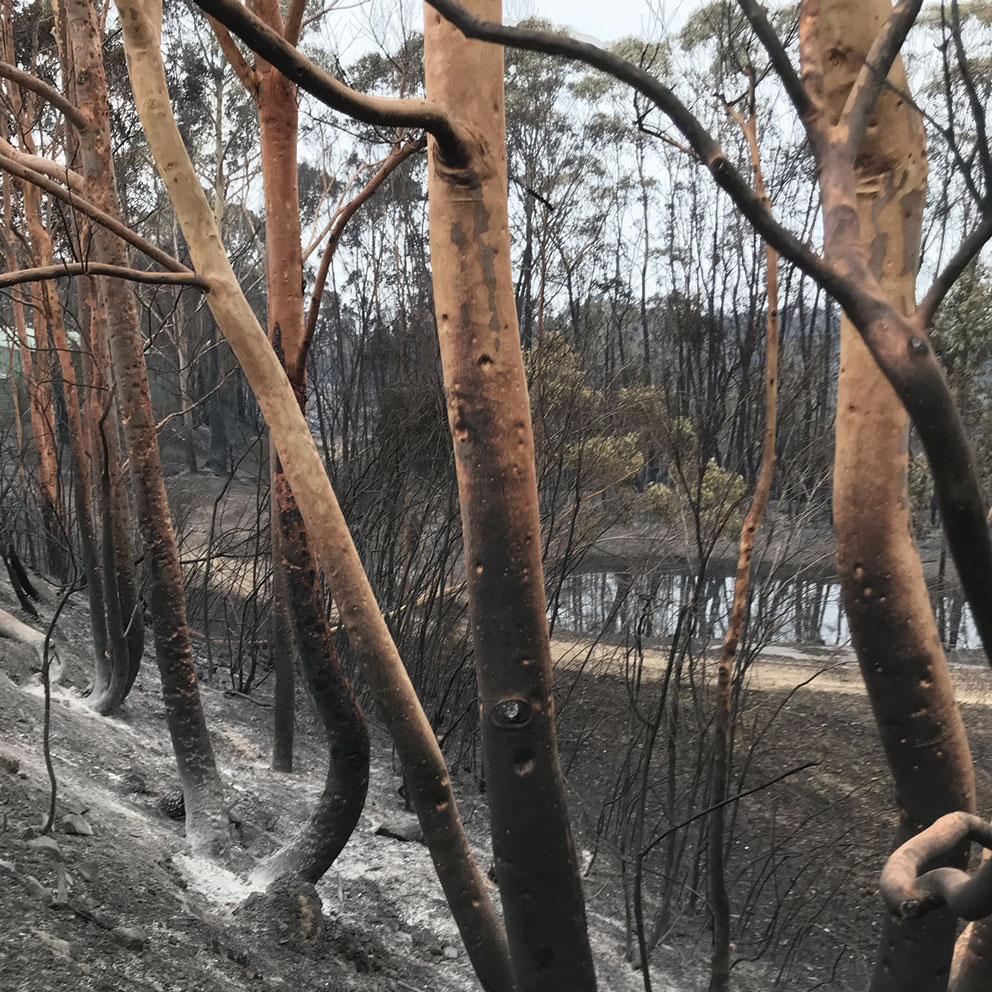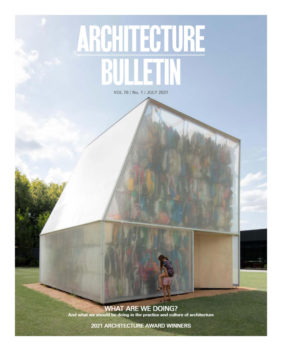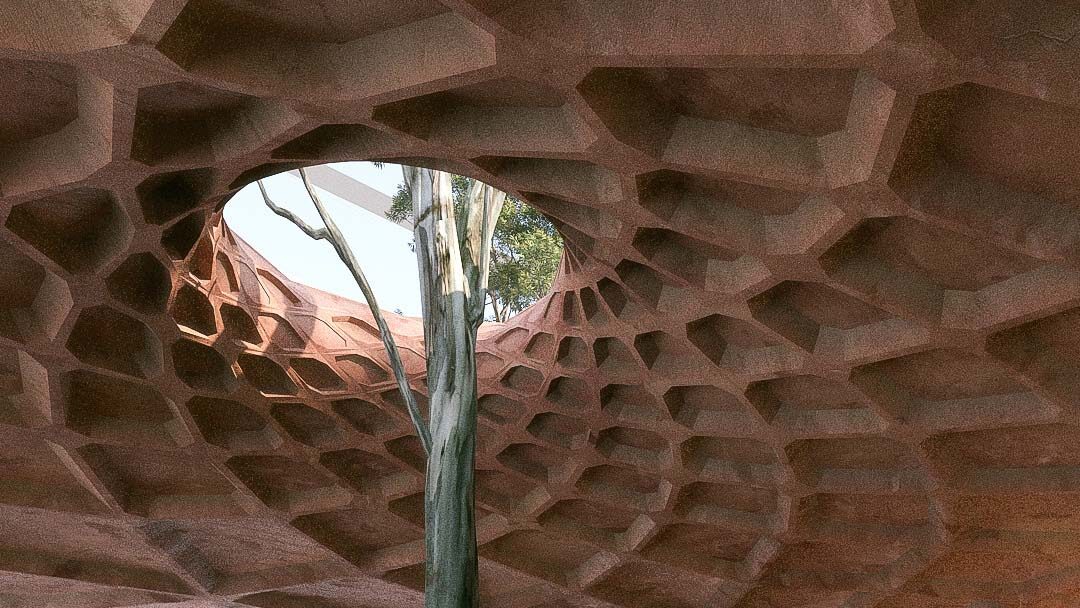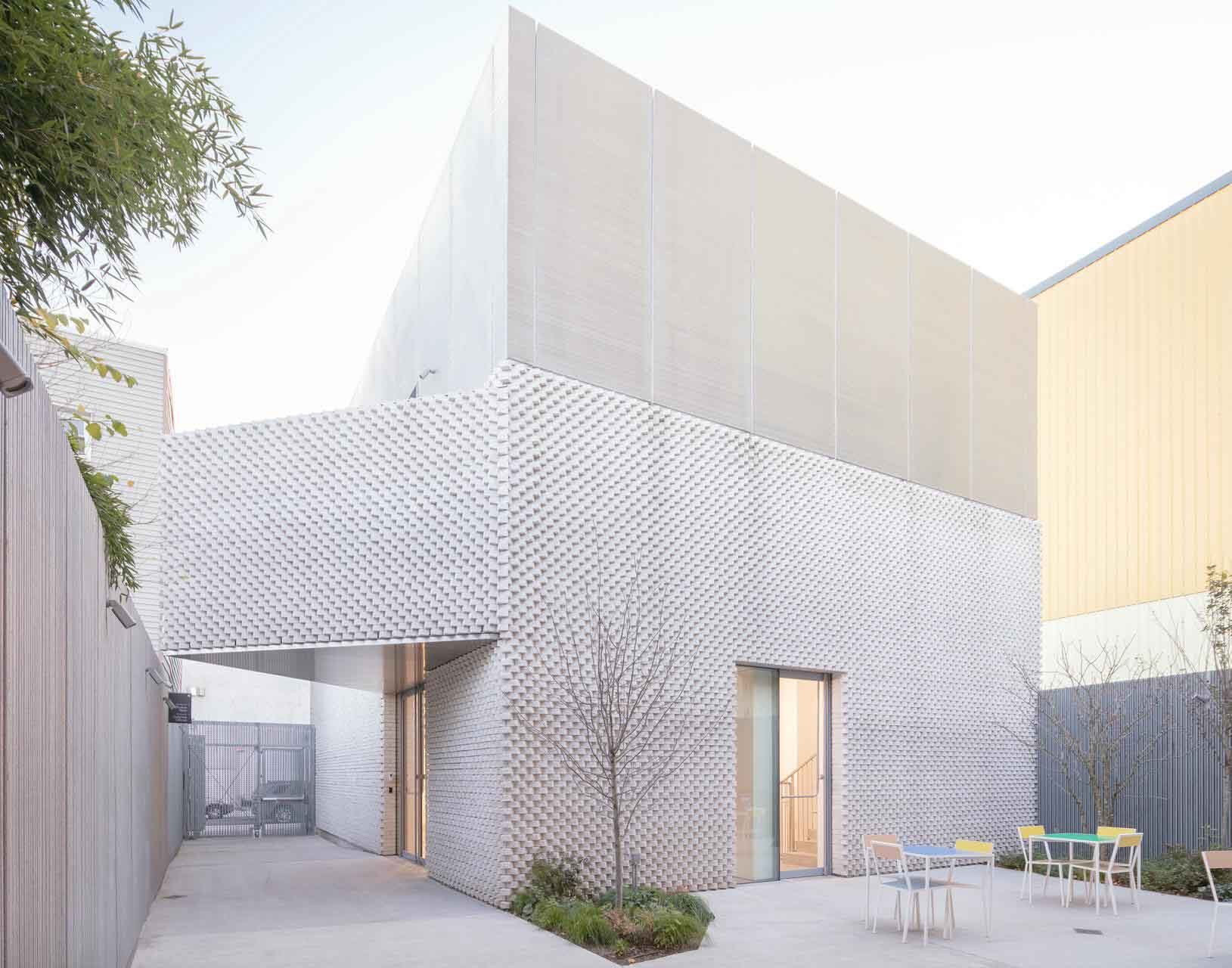I could quote the statistics – 18,600,000 hectares burned, 5,900 buildings destroyed, 34 lives lost, 1,000,000,000 animals killed. I could tell you about better building practices – strengthened BAL40 guidelines, a revised National Construction Code, new and improved fire attenuation materials.
But when I began interviewing architect Peter Lonergan as he recounted six months of helping his brother, Sean Lonergan, a local farmer and Captain of the Bilpin Fire Brigade for the NSW Rural Fire Service (RFS) overcoming the devastating fires and rebuilding, ultimately, I felt this was a story I could only reproduce – unvarnished, unaltered and raw.
The Lonergans are no strangers to the bushfire season. Knowing that Christmas would bring about a week of 40-degree-plus temperatures and with all forecasted scenarios looking grim, they set to work in mid-December:
“On 17 December, one of our builders, Esteban and I met on site and we designed an active fire protection plan, supplementing the land clearing we had already completed around the built assets – Sean’s home and the farm sheds. Using any available 25-metre hose fittings and sprinklers still in stock in town, we laid these out around the buildings. The sprinklers installed around the perimeter of the house and the roof of the packing shed were connected to a diesel driven pump to divert the farm’s irrigation to protect the home. Sean ran the sprinklers continuously over four days, keeping his house and farm sheds as wet as possible before the inevitable firestorm came to pass.”
On the eve of Christmas, the fires arrived in Bilpin. In the space of only half an hour, Sean watched as the fires consumed his acreage of cherry and apple trees. Sean rang Peter to tell him that the fire had swept straight through the land clearing, as though it was non-existent. Mercifully, the small additions Peter and Sean had laid out only a few days before – the hose fittings and sprinklers, saved both the house as well as one of the two supply warehouses. The buildings had stayed just wet enough to give enough time for the RFS to arrive and rescue Sean’s home and extinguish the small spot fires. Peter and Julie went to Bilpin the day after the fires and on arriving, recalled,
“a scene of indescribable devastation. We were accompanied by another builder friend, Peter Lucas, who had arrived early and was cutting fallen trees to clear the roads, most of which were still on fire. Julie carried buckets of water from the dam to put out burning trees or roots while my brother and I installed new generators, pumps, power leads, lighting and running hot and cold water – got the house and sheds powered to begin coordinating the effort to rebuild. Mark, Ellen, Tom and Tina along with the locals set to work. We got the pumps and pipes with some of the salvaged pumps to begin reticulating water to the house and shed.”
“All of this was occurring while Sean stayed on 24-hour fire duty, as he had been for the previous six weeks. It was clear that the locals, our friends and the brigade members were all in a post-traumatic state of stunned relief for the preservation of life, but the devastating loss of some of the most pristine landscapes in New South Wales, all the while massive trees crashed to the ground as the fire finished burning the last structures that held them up.”
There was no rest for the team. No time to truly assess the damage that had been inflicted as the call to arms for rebuilding had to be answered, so that Sean’s farming business could return to some kind of rebuilding from the post-apocalyptic landscape as quickly as possible. Peter reflects that the aim throughout this stage was not so much about starting afresh or wiping the slate clean but was consistently centred on reuse and recycling:
“We reconstructed the damaged buildings, reusing as much as we could and buying as little as was needed. Over the course of the week, we filled a 28-cubic-metre skip with burnt steel, which had ultimately cooled down sufficiently. We sorted the steel for recycling, with our mind on not worsening the situation by adding to the landfill waste generated by the fire. Tom, my nephew, cut out crumpled purlins to release torque in the steel frame and welded cleats for new timber purlins. Peter, Nick and I installed purlins and re-roofed and added new gutters to the machinery shed. To make it usable to some degree, we had to remove all of the floor as the content of the shed had melted into the substrate.”
“Tom, Gordon and Kevin, another team of builders came on most Saturdays between March to June, where we laid a new hard floor and driveway, painted the shed, ran 4 to 5 kilometres of new fencing around the site and installed a new tank for drainage. New agi lines were installed to deal with a massive expected increase in runoff now that the natural vegetation had been burned and no longer protected the land. We had lost thousands of fruit trees, hundreds of Eucalyptus Melaleuca and Acacias that Sean had planted over the last forty years. Some have been wood chipped for reuse as moisture retention on the land.”
The Lonergan family’s story has been more fortunate than most. In the space of a few months, one thousand new stone fruit trees and shrubs had begun to repopulate the once desolate landscape, and life was beginning to return to the small farm in Bilpin. Reflecting on what was for him a surreal summer, Peter reflects poignantly how:
“an architect has the ability to oversee, project and predict, but most importantly to bring things together. The design experience is broadly applicable and if it is able to be broadly applied most things can happen. It is essential to support the human spirit and find strength to keep going, these are the best things that architects can do…”
The skills Peter applied to save his brother’s home – architectural acts of problem solving and resource coordination, is something intrinsic to our role, yet undoubtedly perceived as being less glamorous than what our profession is often seen to be – the individualistic, creative genius (with no thanks to Ayn Rand). To draw and to build can be very powerful tools in the architect’s skillset but we become so absorbed, so engaged in the problem solving of architecture that we often lose track of the most fundamental question of who we build for.
What the 2019/2020 bushfire season should teach us above anything else is the importance for architects to listen. To listen sensitively to the communities torn apart as we help rebuild their homes after a life-changing season of fires. We cannot forget that the statistics used to reinforce some quantitative sense of urgency and seriousness have dehumanised the issue and do not even begin to scratch the surface of stories of personal loss, trauma and recovery. The call for architects to be involved in rebuilding is not just about better, stronger, innovative or more resilient buildings. The call, if anything, is for us to practice architecture with compassion and empathy.
Peter Lonergan is director of Cracknell & Lonergan Architects and a Fellow of the Institute.
Hugo Chan is director and architect of the research-based practice, Studio HC, and is architect and associate – operations of Cracknell & Lonergan Architects.
Peter Lonergan, Julie Cracknell and Sean Lonergan would like to thank their family and friends, Tom Lonergan, Nick Lonergan, Mark Shipley, Ellen Lonergan, Tina Lonergan, Paul Smith, David Byrne, Fion Cracknell, Peter Lucas, Esteban Carterro and many others in the community for their tireless support and help in protecting and rebuilding the family’s Bilpin farm. They would also like to extend their thanks and gratitude to all the firefighters of the Rural Fire Service who worked so tirelessly to protect the communities both in NSW and across the nation during the terrible bushfire season.
This article was written in response to the NSW Chapter Editorial Committee’s call for contributions in a context of crisis, seeking perspectives on What are we doing?




